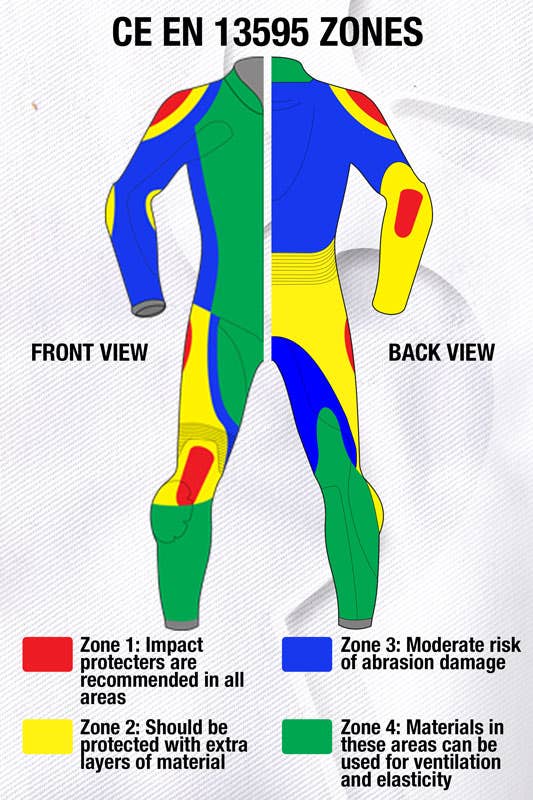Ok so confusing title, right? What is PPE Regulation 2016/425, don't worry Bike Stop has your back!
PPE Regulation stands for European Personal Protective Equipment Regulation, and you probably haven't heard of it before because until now motorcycle clothing hasn't been a part of this regulation. As of the 21st of April 2018 all motorcycle clothing will be categorised as Personal Protective Equipment.
What does this mean for motorcycle clothing?
The regulation requires any clothing or personal equipment sold to provide protection from injury and to comply to the relevant European standard, which in this case is CE (Conformité Européenne). The clothing or gear will need to have a CE label permanently attached with the number of the standard it was tested to. Although there are many motorcycle garment manufacturers which have clothing tested by CE, it's not currently a requirement to have it. Much of the clothing that is currently tested with CE however isn't certified as a whole garment. This could mean, for example, that possibly only the armour or impact areas are CE certified, but with PPE Regulation 2016/425 all areas of the clothing will need to be tested and certified.
Speaking of testing, how will clothing be tested?
The main categories clothing will be tested in is Tear Strength, Abrasion Resistance and Seam Strength. These will be tested to 3 different levels, A, AA and AAA. The overall rating is given to the garment based on the lowest score it receives, for example if a garment was mostly AAA all over, but AA in one area, the overall garment would receive an AA score. To add to the complexity of this testing, different zones on the clothing have been identified zones 1-3, this handy diagram below explains where the retrospective zones are, but basically zone 1 will be an impact area and zone 3 less so.
The table below explains the standards each level has to adhere to for each category of testing.
| Test Method | Zone | Level AAA | Level AA | Level A |
| Tear Strength (Leather) ISO 3377-1 | 1 | 50N | 40N | 35N |
| 2 | 50N | 40N | 25N | |
| 3 | 35N | 30N | 25N | |
| Tear Strength (Other) ISO 4674-1 | 1 | 50N | 40N | 35N |
| 2 | 50N | 40N | 25N | |
| 3 | 35N | 30N | 25N | |
| Abrasion Resistance EN 13595-2-2002 | 1 | 4.0 S | 2.0 S | 1.0 S |
| 2 | 2.0 S | 1.0 S | 0.5 S | |
| 3 | 1.0 S | 0.5 S | N/A | |
| Seam Strength EN 13594-2015 Section 6.7 | 1 | 12 N/MM | 8 N/MM | 6 N/MM |
| 2 | 12 N/MM | 8 N/MM | 6 N/MM | |
| 3 | 8 N/MM | 6 N/MM | 4 N/MM |
As you can see, the table basically summarises that what you would be looking for on the label of your motorcycle clothing is AAA, if you are after the best CE protection.
Is PPE Regulation 2016/425 good or bad for motorcycling?
Personally, I think the regulation is good, but not without its slight downsides.
Good
- All motorcycle clothing will be tested to a standard level, which will mean that what you will be purchasing should be a quality item that has been tested and could save lives!
- The different levels AAA, AA and A will provide a guide as to what level of protection your garment offers. For the first time you will now no longer have to take the manufacturer's word for how protective the gear is; there is a third party involved telling you how well the clothing has performed in external lab tests.
- The whole garment will now need to be certified to meet the regulations, this will mean that clothing cannot just be armoured in some areas and called CE certified.
Bad
- Some motorcycle gear is already produced to a standard that should meet the new standards, but the cost of putting them through the external authentication might have a knock-on effect on prices.
Hopefully this blog has given a good basic overview of the changes that will take place come April, let us know what you think of the new regulations in the comments. If you would like to know more about this subject, why don't you ask the experts at Bike Stop? Call on +44 (0)1438 317038 or comment below!



